Say Hello to Your New Favorite Denim
Shopping for vintage jeans can feel overwhelming. Whether you are a vintage denim maven or you’re just getting started, it takes time to feel comfortable browsing the racks. But when you find a great pair of vintage jeans, you’ll almost never have to buy them again—they’re designed to last.
“When you find a great pair of vintage jeans, you’ll almost never have to buy them again—they’re designed to last.”
I found my first pair of vintage Levi’s 501 six years ago, and I never looked back. Finding vintage 501s is a special and rare occurrence because they were designed about 150 years ago; the first pair was made in 1873. For me, their fit is perfect for my body type—higher through the waist and looser through the hips and thighs. Think: the quintessential mom jeans from the 90s.
Finding that first pair of 501s set me in motion to become a denim collector of sorts. I love exploring different silhouettes of both vintage and modern styles. Yet the fit, fabric, and quality of modern jeans simply doesn’t compare to vintage denim.
Denim’s Carbon Footprint
Denim is a blended fabric of cotton and twill, first created in the small town of Nîmes in the South of France, during the 17th century. It wasn’t until the late 1800s that denim became the jeans we are more familiar with today.
“2.2 pounds of cotton can require up to 7,660 gallons of water, depending on where it’s grown.”
It began when a tailor named Jacob Davis met Levi Strauss, the owner of a dry goods shop. They began collaborating when the demand for workwear was at a surge during the gold rush. Mr. Davis designed jeans from the denim fabric sold at Levi Strauss’s shop, and also created the iconic copper rivets on the pockets. The two men became partners and patented the invention. And with that, Levi’s denim was born.
Today, the problem with denim manufacturing is how much water is used to grow the cotton needed to make denim. According to NRDC, “2.2 pounds of cotton can require up to 7,660 gallons of water, depending on where it’s grown.”
The toxicity in denim manufacturing also brings a myriad of concerns. First, there are the harmful pesticides used to grow cotton. They negatively affect our health and harm the environment—not to mention the dyes, which are also toxic for the planet and the people dying the fabric. The documentary River Blue offers a vivid depiction of the significant issues within the denim manufacturing industry.
“Opting to purchase secondhand or vintage denim greatly decreases our environmental impact and carbon footprint.”
All that being said, opting to purchase secondhand or vintage denim greatly decreases our environmental impact and carbon footprint. It’s also a wonderful way to find unexpected styles from times-gone-by.
Below are some helpful guidelines that I use when vintage and denim shopping. For more tips on finding the perfect preloved garments, check out our thrift shopping guide.
Tips for Finding the Perfect Pair
In my experience, all secondhand and vintage shops have a denim section. If you walk into a vintage shop and are having trouble finding the denim section, don’t be shy about asking for help.
There are also great online resources for denim shopping that can make the process more seamless, along with finding a wider range of sizes. Check out our online vintage shop roundup as a good place to start.
Look at the tags
When I am shopping for vintage denim, the first thing I look at is the tag. Over time, I have acquired a good eye for knowing if the tag is vintage or not. The key is noticing the information on the tag itself. Use this visual guide to help in distinguishing vintage tags based on eras.
The logo on the tag is a great indication that you have found a vintage piece—see the font and the way the tag is sewn into the jeans. Another thing I look for is “made in the USA.” Manufacturing outside of the US didn’t spike until the late 1970s and, while it is still vintage if it doesn’t say made in the USA (a true vintage piece is 20 years old), the quality is typically higher if it was made locally.
Find the shape that works for you
Be prepared for the sizing and shapes to be totally different than modern denim. Vintage denim jeans are four sizes smaller than modern jeans. Try not to focus on the sizes, however, and rather on how well the jeans fit. Bring a variety of sizes, washes, and shapes into the dressing room with you.
It may take some time before you find the right fit for your body type. And remember, you can always get your denim tailored. When I found my first pair of 501s, they taught me the magic that is tailoring—it allows you to create the perfect fit for your body.
When shopping for vintage denim, I ask myself a few questions to help me find the right fit and determine where the piece will need tailored:
-
Does the inseam sit where I want it on my hips and waist?
-
Do I like how the jeans sit on my booty?
-
Where is the length of the jeans sitting?
-
How baggy are they? Are they too baggy around the thighs or waist?
Feel the fabric
Being that synthetic fibers have been around since the 1930s, many vintage pieces have blended fabrics, which aren’t the most lasting or highest quality. When shopping for vintage denim, you want to look for pairs made from 100 percent cotton and woven twill.
True vintage denim is thicker in feel, being that it does not contain synthetic fibers, whereas modern denim jeans are much stretchier. With this in mind, it may take time to break in a new pair of vintage denim—just like leather, thicker vintage denim takes some time to break in to fit your body.
Caring for Your Vintage Jeans
Because vintage denim ages more with every wear, it takes a little extra love to keep them aging gracefully.
Wash your jeans less
I aim to wash my denim as little as possible. If they need a wash, I opt for cold water and a hang dry. For my lighter pairs that occasionally need a deeper clean, I will take them to a green dry cleaner.
Find a good tailor
Find a tailor in your area that specializes in working with denim and who can fix the not-so-ideal holes. I work with an amazing denim tailor in Los Angeles who has a shop called Foxhole. She comes to my rescue if I need holes patched or new vintage pairs tailored.
Check Craigslist or do a quick Google search to find someone in your area who specializes in working with denim. There are also online services (like this one) if you’d rather mail your denim to a tailor.
Once you start collecting vintage denim, it becomes easier to know how to care for each pair.
Do you have any tips for finding vintage denim? Share in the comments below!
RELATED READING

Courtney Jay Higgins is the Associate Editor at Sanablogs. She is also a Yoga Instructor, vegetarian, wellness and fashion enthusiast. Originally from Colorado, her soul found California when she came to get her degree in Visual Communications at the Fashion Institute Of Design & Merchandising. She has a background in telling a story through writing, creative direction and content creation. Check out her blog and Instagram for her unique perspective on the mergence of fashion and spirituality.
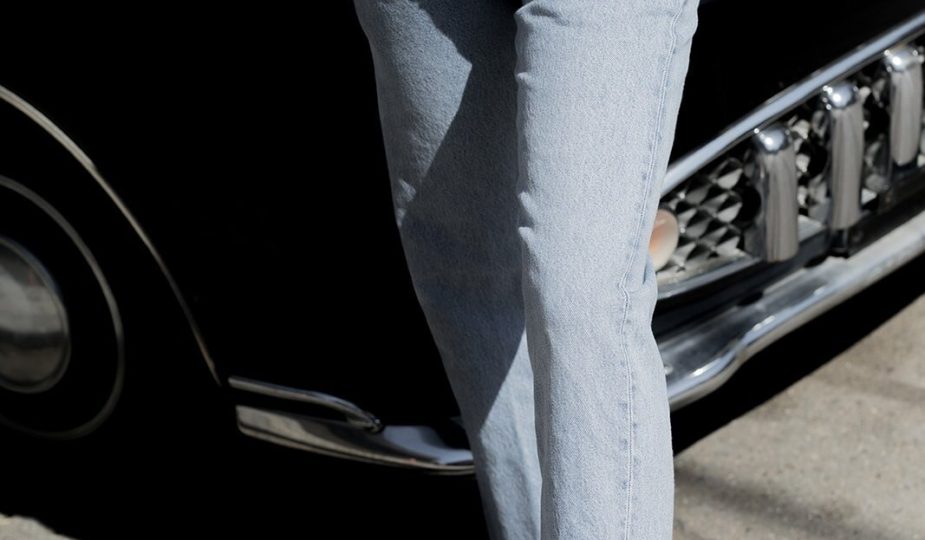
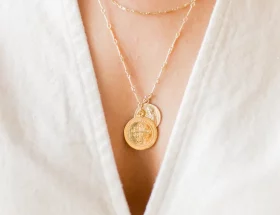
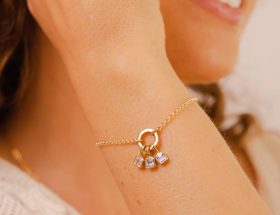
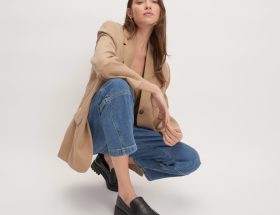
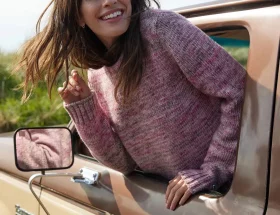

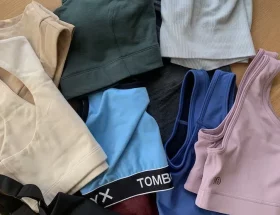
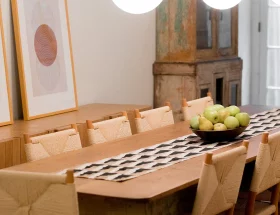



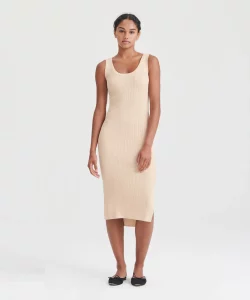

uepape
Noodlemagazine Great information shared.. really enjoyed reading this post thank you author for sharing this post .. appreciated
Businessiraq.com is your comprehensive online resource for navigating the Iraqi business landscape. This dedicated platform combines a robust Iraq Business Directory with insightful Iraq Business News, creating a one-stop shop for businesses seeking opportunities in the Iraqi market. Our meticulously curated directory features detailed profiles of Iraqi companies, going beyond basic contact information to provide valuable insights into their capabilities, specializations, and financial standing. This detailed information empowers potential partners and investors with the knowledge needed for informed decisions. Moreover, our up-to-date Iraq Business News section keeps you informed about the latest economic trends, regulatory changes, and emerging market opportunities, enabling you to anticipate challenges and capitalize on emerging possibilities. Businessiraq.com isn’t just a directory; it’s a dynamic hub connecting businesses across the Iraqi market, promoting growth and facilitating meaningful connections.
I am impressed with this internet site, very I am a big fan .
Thanks for your great feedback.